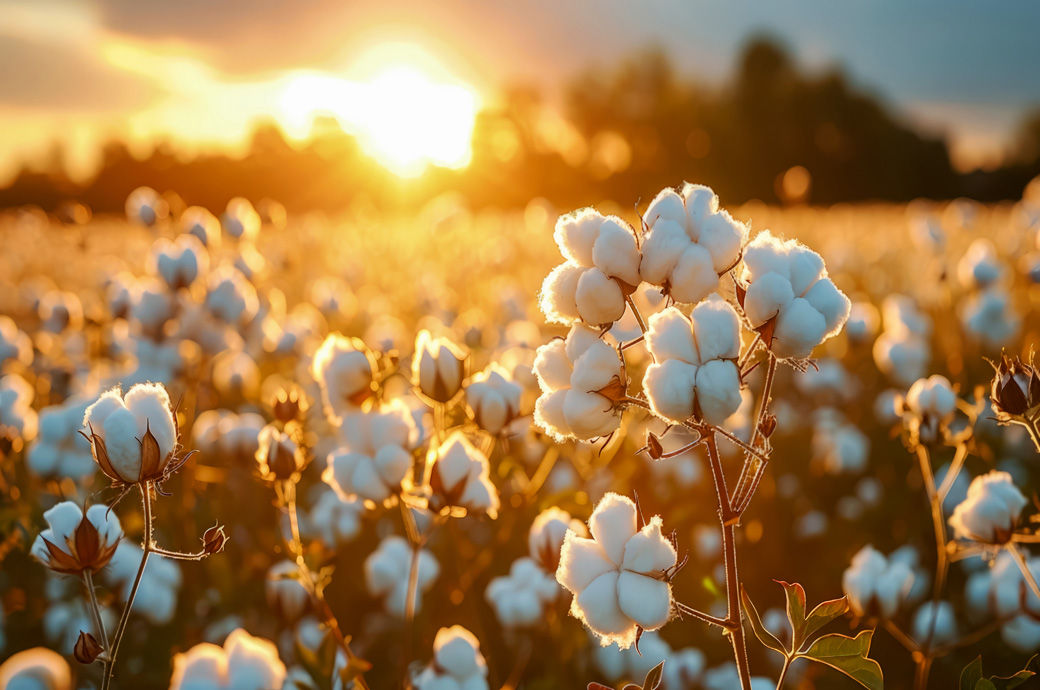
The leading cotton producing countries, i.e., India, China, the United States, Brazil and Pakistan, are jointly expected to account for around 77 per cent of global output in 2033.
Average global yields are projected to increase by 11 per cent compared to the base period, the report, released recently by the Paris-based Organisation for Economic Cooperation and Development (OECD) and Rome-based Food and Agriculture Organisation (FAO) of the United Nations, said.
Factors like improvements in genetics, better agricultural practices and digitalisation supporting precision agriculture will significantly contribute to enhance productivity and sustainability, it noted.
Overall, gains in cotton production are predominantly driven by higher yields, and to a lesser extent, on expansion in area harvested.
Over the past two decades, global average yields have been stagnant, suggesting static or decreasing yields in some of the major producers due to various factors including climatic constraints, limited uptake of efficient agricultural practices, unfavourable conditions for the application of new technology and high input costs.
By 2033, yields in China and Brazil are projected to double the world average, while in India, the largest cotton producer, yields are expected to remain below it.
Area under cotton cultivation is projected to expand by 6 per cent compared to the base period, with the highest growth occurring in Brazil (23 per cent compared to the base period), where the prospect of growing exports encourages producers to invest in increasing the planted area.
Production in India is estimated to grow by around 2.3 per cent per annum (p.a.) over the next decade, mainly on account of yield improvements rather than area expansion, as cotton already competes for acreage with other crops, such as soybeans and pulses.
Raw cotton productivity has remained stagnant in recent years and is among the lowest globally.
Growth in cotton yields in India is projected to grow by 2 per cent p.a. over the next decade.
Chinese cotton is currently produced with the highest global yield (1.90 t/ha average in 2021-23), which are more than double of the world’s average.
Over the past two decades, the cotton area in China has been declining, mostly due to changing government policies. Nevertheless, this trend seems to have slowed down since 2016.
It is expected that the area under cotton cultivation in China will decrease by 0.4 per cent p.a. during the outlook period, against a near-3-per cent decline in the past decade, while cotton production is expected to remain stable thanks to improvements in yields, mainly as a result of the increasing rates of mechanisation, investments in irrigation and improved agricultural practices in general, the report noted.
In Brazil, cotton is grown in part as a second crop in rotation with soybeans or maize. Recently, output has strongly grown in the main cultivation areas. Cotton output in the country is projected to increase by 2.4 per cent p.a.
Sustainability issues play an important role and will impact cotton markets in the medium term, the report added.
Fibre2Fashion News Desk (DS)